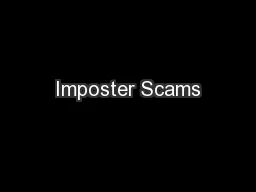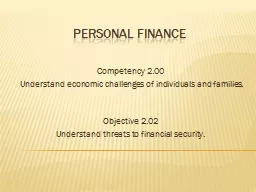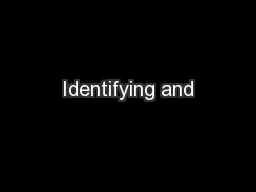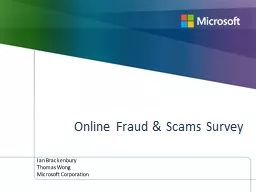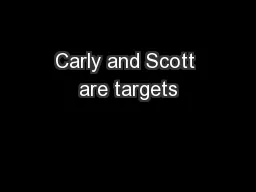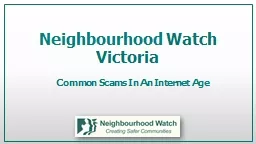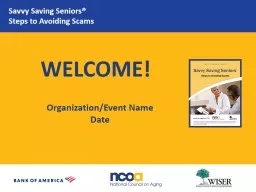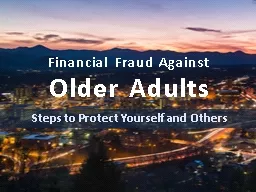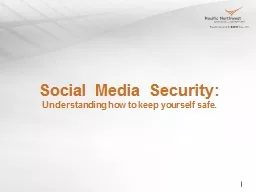PDF-1Internet Scams and Hoaxes:Some information for your everyday userBy D
Author : calandra-battersby | Published Date : 2015-08-07
possibly seen and those obnoxious emails you probably have gotten at least once in your most people don146t know is that these websites act as a logger and relays
Presentation Embed Code
Download Presentation
Download Presentation The PPT/PDF document "1Internet Scams and Hoaxes:Some informat..." is the property of its rightful owner. Permission is granted to download and print the materials on this website for personal, non-commercial use only, and to display it on your personal computer provided you do not modify the materials and that you retain all copyright notices contained in the materials. By downloading content from our website, you accept the terms of this agreement.
1Internet Scams and Hoaxes:Some information for your everyday userBy D: Transcript
Download Rules Of Document
"1Internet Scams and Hoaxes:Some information for your everyday userBy D"The content belongs to its owner. You may download and print it for personal use, without modification, and keep all copyright notices. By downloading, you agree to these terms.
Related Documents



